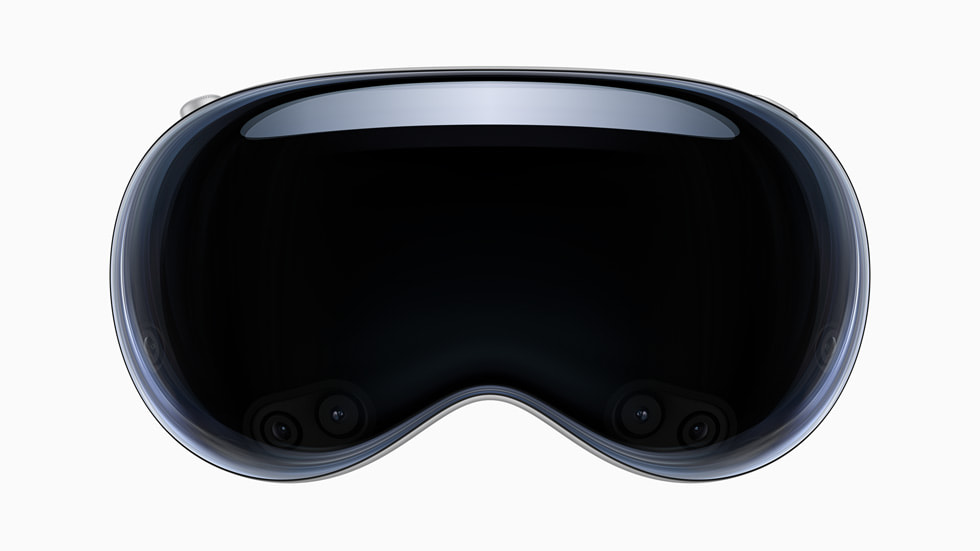Is the Apple Vision Pro Coming to an End? What’s Next for Apple?
Apple’s mixed-reality venture, the Vision Pro, may soon face an abrupt end to its initial iteration. Reports suggest Apple is scaling back production of its high-profile headset, with manufacturing possibly ceasing entirely by late 2024. This decision has sparked speculation about Apple’s future in the XR (Extended Reality) space, hinting at significant shifts in strategy.
Production Cutbacks: A Gradual Phase-Out?
Production of the Vision Pro has been significantly reduced since mid-2024. With an inventory sufficient to meet demand through 2025, Apple’s supplier Luxshare has cut assembly to approximately 1,000 units per day and may cease production by November 2024. Estimates indicate Apple has built components for 500,000 to 600,000 units, a number reflective of tempered demand.
Why Is Apple Scaling Back?
Several challenges have hindered the Vision Pro’s success:
- High Price Point: At $3,499, the Vision Pro’s steep cost has deterred mainstream adoption.
- Lack of Compelling Content: A limited library of applications has failed to justify the premium price tag for many consumers.
- Oversupply of Components: Reduced demand has left Apple with an inventory surplus, eliminating the need for continued aggressive production.

Future Directions for Apple’s XR Strategy
While Apple may sunset the current Vision Pro, the company is not abandoning the XR market. Instead, it appears to be recalibrating its approach to target a broader audience:
- Lower-Cost Headset: Apple has reportedly paused work on a second-generation Vision Pro to focus on a more affordable version, potentially positioning itself as a more competitive player in the XR space.
- Continued Development of the Vision Pro Line: A refreshed iteration may surface as early as 2025 or 2026, likely incorporating lessons learned from the current model.
- Smart Glasses Development: Apple is also eyeing smart glasses, rumored to rival Meta’s Ray-Ban Meta Smart Glasses. These could debut as late as 2027.
How Will Apple’s Smart Glasses Compare to Meta’s?
Apple’s anticipated smart glasses may provide an intriguing alternative to Meta’s Ray-Ban Meta Smart Glasses. Here’s how they might stack up:
| Feature | Ray-Ban Meta Smart Glasses | Apple Smart Glasses (Expected) |
| Design | Stylish Ray-Ban frames; lightweight | Sleek, leveraging Apple’s iconic design |
| Core Features | Camera, voice control, audio, livestreaming | AR display, notifications, navigation overlay |
| AI Integration | Meta AI for hands-free commands | Siri-based AI with Apple ecosystem integration |
| Price | $299-$379 | Premium pricing expected (above $300) |
What Does This Mean for Apple’s XR Future?
Apple’s pivot away from the Vision Pro may be a strategic retreat rather than a surrender. By developing more accessible and versatile products like smart glasses and lower-cost headsets, Apple aims to broaden its appeal in the XR space. The Vision Pro, while ambitious, has provided invaluable insights that Apple can leverage in its pursuit of dominance in this evolving market.
Apple’s recalibrated approach could set the stage for a new era of XR technology, merging its design expertise, ecosystem integration, and market positioning to challenge rivals like Meta more effectively. For now, all eyes are on Cupertino to see how Apple will innovate and reshape its XR vision.




